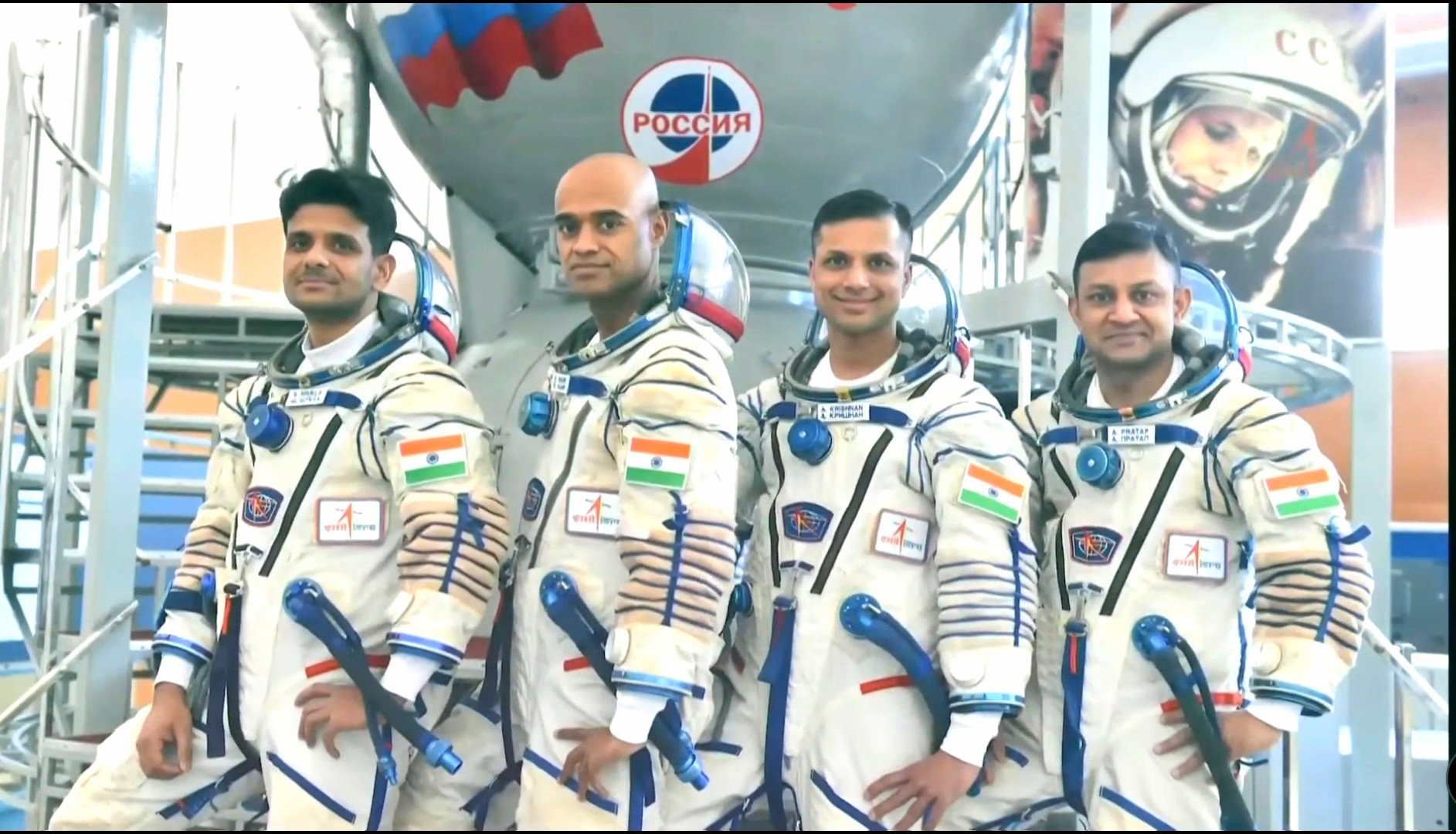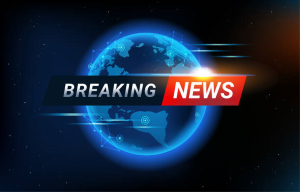Two Indian astronaut-designates have been selected to travel to the International Space Station (ISS) in a NASA spacecraft. The mission is likely to take place before India’s first manned mission, Gaganyaan, and the selected astronauts trained in Russia will now be trained in the US.
One of the astronaut-designates confirmed the news to the EurAsian Times. They will soon be leaving for the US to familiarise themselves with the American modules at the NASA Johnson Space Centre.
One of these astronauts will go to the ISS in Axiom-4 at the end of 2024 or the beginning of 2025. The mission will remain at the ISS for two weeks.
The astronaut going on the space mission to the ISS will be the second Indian to go to space and the first to go to the ISS. The first Indian to go to space Wing Commander Rakesh Sharma had gone to space as part of the Soviet Interkosmos program in 1984.
“We will be undergoing training in the US to train on the ISS modules,” the astronaut-designate said. The Indian government had in earlier 2024 unveiled the identity of the four potential Astronauts or ‘Vyomnauts’, designated to go to space in the first human mission of India. All four were experienced test pilots of the Indian Air Force (IAF) and had undergone training in Russia.
The four selected fighter pilots – Group Captain P. Balakrishnan Nair, Group Captain Angad Prathap, Group Captain Ajit Krishnan, and Wing Commander Shubhanshu Shukla, have a cumulative experience of 10,000 flying hours between them. They have flown fighter jets like Su-30MKI, Mig-21, Jaguars, Mig-29, Dornier, and An-32, among others.
The Indian Space Research and Organisation (ISRO) has not announced specific crew assignments and the first Indian human spaceflight is not expected earlier than 2025.
NASA is still thrashing out mission timelines and training modules required to fly to the ISS. The ISS is an impressive spacecraft orbiting about 250 miles above Earth. The first piece of the ISS was launched by a Russian rocket in 1998, and more pieces were added subsequently.
The first human arrived on the ISS in 2000, and since then, both astronauts and cosmonauts have stayed in it. In other words, continuous human presence has been maintained at the space station for over two decades.
The most likely opportunity for the selected Indian astronaut to fly to the ISS would be on a private mission. Unlike the Indian manned space mission planned for one day, the Axion-4 mission will last 14 days.
Axiom Space’s Ax-4 mission is slated for the end of 2024, and the crew has not been announced yet. If an Indian astronaut does fly on a private mission, NASA’s role is limited beyond giving approvals for such flight to the ISS.
The Ax-4 crew members will train with NASA, international partners, and SpaceX for their flight. Axiom Space has contracted SpaceX as a launch provider for transportation to and from the space station and to familiarize the private astronauts with systems, procedures, and emergency preparedness for the Dragon spacecraft.
In 2023, ISRO and NASA agreed to launch a joint mission to the International Space Station (ISS) in 2024. The mission was meant to be the precursor to ISRO’s Gaganyaan (meaning spaceship in Hindi) – the manned mission to space scheduled to happen by the end of 2024 or the beginning of 2025.

ISRO-NASA Joint Flight To ISS
While specific details about the mission are still being finalized, it is expected to support future human spaceflight and improve life on Earth. During his recent visit to India, US National Security Adviser Jake Sullivan discussed the training programs for the ISRO astronauts with his Indian counterpart, Ajit Doval.
The two countries’ space agencies are preparing for the launch of the NASA-ISRO Synthetic Aperture Radar. This jointly developed satellite will map the entirety of the Earth’s surface twice every 12 days as part of efforts to combat climate change and other global challenges.
India has also proposed a G-20 satellite for environment and climate change, an advanced imaging spectrometer satellite as a follow-up mission for NISAR, and encouragement of cooperation between commercial companies from both countries for quicker and more effective outcomes, Gaganyaan cargo module as an option for transfer of cargo to ISS.
The US is said to have proposed a QUAD satellite, the contours for which are yet to be specified.
In 2023, India signed the Artemis Accords, a US-led effort to send humans to the moon again by 2025, with the ultimate goal of expanding space exploration to Mars and beyond. The program aims to build a permanent presence in lunar orbit and on the surface, over half a century after the Apollo missions ended.
The Artemis Accords between India and the US aim to boost cooperation between the two nations and explore the domain beyond the boundaries of Earth. The Accords comprise a set of principles governing international cooperation in space exploration. The multilateral arrangement aims to ultimately make humans an interplanetary species as they venture onto Mars.
The signing means that India and the US will share data, technology, and resources and work together to ensure the safety and sustainability of lunar exploration.
India became the first country to successfully land Chandrayaan-3 on the south pole of the Moon, which is seen as a potential source of water. Rocky terrain makes landing on the South Pole a difficult but promising destination, as scientists believe it holds large quantities of ice.
Ice can be used to extract fuel and oxygen in addition to providing drinking water. Oxygen and hydrogen can serve as rocket fuels to travel to Mars and beyond one day, while water can support the first human colonies.


